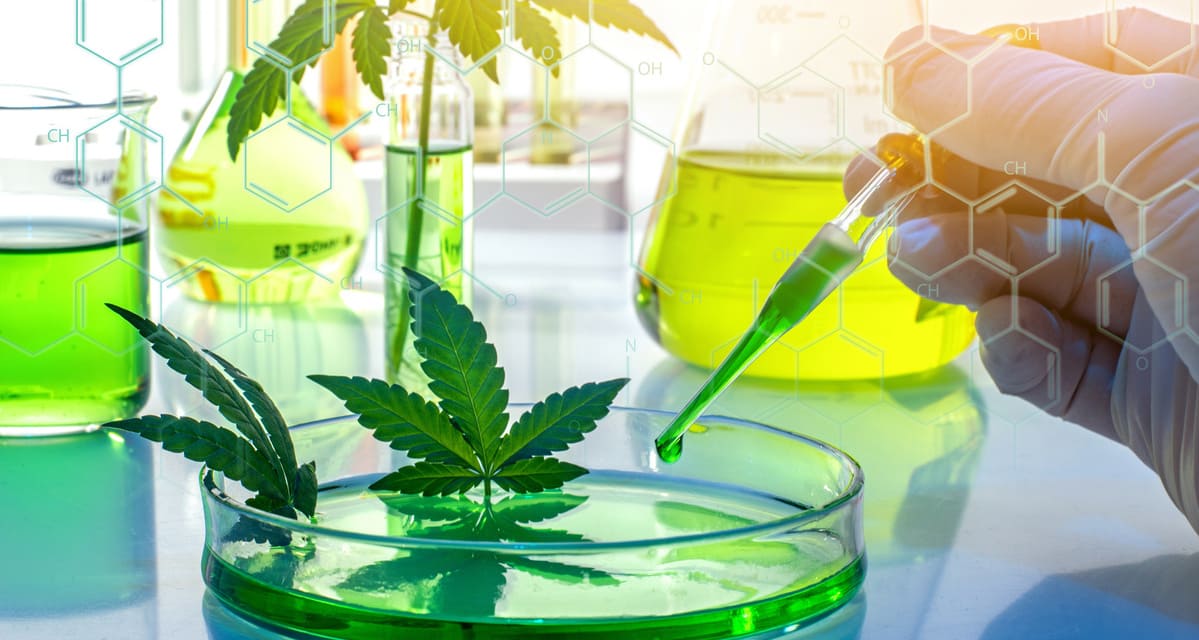-
- CBD for Pets
- Why take CBD to sleep better ?
- Which CBD for stress and anxiety ?
- Buy CBD for high and low blood pressure
- Buy CBD for pain relief
- Buy CBD for your addictions
- Buy CBD for the skin
- Buy CBD beauty products
- Buy CBD Wellness
- Buy CBD for focus and motivation
Product successfully added to your shopping cartQuantityTotalThere are 0 items in your cart. There is 1 item in your cart.Total productsTotal shipping To be determinedTotalContinue shopping Proceed to checkoutMy account-30% Off In Your Shopping Cart And 24H Delivery
How long does it take to eliminate CBD from the body?
A component of cannabis and recognised as non-psychoactive, CBD or cannabidiol is increasingly consumed in France and in countries where it is legal. Like any ingested substance, CBD is eventually eliminated in the body. So, you may be wondering how long CBD stays in the body.
.
The elimination of CBD from the body takes an average of 25 to 36 hours. This time varies depending on how much you have taken and many other factors.
In this article, find out what explains this elimination time of CBD in the human body.
 (1) (1).jpeg)
How long does it take the body to eliminate CBD?
The absorption, metabolisation and excretion of CBD are all phases whose duration depends on several factors. Indeed, this depends in particular on the metabolism of each individual, the mode of consumption and the dose of CBD. The duration of each phase also depends on the frequency of CBD use, the age of the user and whether or not they are taking other medications. That said, older people metabolise the compounds more slowly than younger people.
Studies suggest that it takes between 25 and 36 hours for the various substances in CBD to be cleared from the body. From these same studies, it appears that some CBD components leave traces in the body, after the elimination phase. As evidence, these components were detected in the urine of irregular CBD users one week after CBD consumption.
In contrast, in regular users, traces were observed even after a month without taking CBD. Note that regular users are those who consume more than 10 mg of cannabidiol per day for several weeks. With these observations, we can say that normally CBD does not stay in the body for more than a week, after its last use.
So, the time that CBD stays in the body is estimated to be 7 days. That said, after this time, you should no longer have traces of the compound in the body. Therefore, you should no longer feel the effects of CBD, as these would have dissipated. However, obviously this 7 day period varies from person to person.
Also, tests on several patients with serious illnesses have revealed that CBD has an elimination half-life that is not dependent on the gender of the user. Also, at high doses of CBD taken regularly (for about 6 weeks), this half-life is about 2 to 5 days. Note that these tests took into account an oral consumption of CBD.
The concept of elimination half-life
The half-life of a substance (including a drug) is a commonly used measure in medicine. It is the time taken for the concentration of the substance as a reagent, to be reduced by half. Thus, the elimination half-life is used to determine the time it takes for the substance to leave the body, at 50% of its initial dose. To better understand the concept of half-life, let's take a palpable example.
Suppose you consume, orally and in a single dose, 10 mg of CBD. Also, the half-life of this is 3 hours. Due to the way and frequency of consumption, one hour after intake, CBD reaches a maximum concentration of 10 mg in the body. Also, after an initial half-life that is 3 hours, only 5 mg of CBD will remain in your system.
Then there will be a second half-life...; this time it will be 6 hours. After it, there will be only 2.5 mg of CBD left in your system. Then this amount will decrease to 1.25 mg, with a third half-life that is now estimated to be 9 hours. Then comes the fourth half-life of 12 hours, after which only 0.62 mg of CBD will remain in the body.
The situation is not the same in the case of regular consumption, for the same concentration of CBD. Indeed, this time, after 3 hours, the amount of CBD in the body is still 10 mg. Then, after 24 hours, it drops to 8 mg, and after 3 days to 5 mg. Also, it is after a week that we can say that the CBD will soon stop working, as its concentration drops to 2.3 mg.
The half-life therefore varies and depends on the method of administration and the duration of use of CBD. To this end, here is a detail of the evolution of the half-life of CBD, in the case of inhalation. So, let's assume, once again, that a person consumes 10 mg of CBD. After 3 hours, the concentration of the compound in the body is the same as at the start (10 mg).
Only after 24 hours does it rise to 6 mg. Then it will be 2.3 mg after 3 days, and 0.3 mg after one week.
 (1) (1).jpeg)
Mode of administration and doses: these influencers of elimination time!
With each method of CBD administration, there are different results than with the other modes. For example, after inhalation of CBD, the effects felt are experienced quickly, compared to taking it orally. In addition, it has been previously established that: when CBD is taken orally, its elimination time is about 24 hours, on a single use basis. Thereafter, it is one week for long-term use. The same is true when cannabidiol is smoked or vaporised. So what explains this difference?
Mode of oral administration
Orally, CBD can be consumed in the form of capsules, tinctures or oils. By this route, CBD passes through the digestive tract where it is processed, after passing through the intestine and liver, before reaching the bloodstream. CBD then undergoes a metabolic process that is relatively long. This explains the long absorption time of CBD when consumed orally.
Sublingual method of administration: the other oral form
The sublingual method of administration is primarily for CBD tinctures and oils. It consists of placing drops of the latter under the tongue, in order to promote a so-called sublingual absorption. The CBD is then transferred to the bloodstream through the mucous membranes and capillaries in the mouth. The digestive system and liver are thus bypassed, making absorption greatly accelerated.
Inhalation method of administration: inhalation
By inhalation, CBD is consumed with vaporizers or e-liquids, so it is inhaled. By this route, CBD is quickly absorbed by the body, as the lungs transfer it directly into the bloodstream, through the capillary network. However, this rapid absorption has a drawback: the effects of CBD are short-lived.
Mode of administration by topical application: the dermal route
Topical application of CBD refers to lotions, creams and other liquid CBD products that can be applied directly to the skin. This method of administration is suitable when one wants to combat localised symptoms such as local inflammation. Thus, by this route, CBD does not normally reach the bloodstream. However, part of this route includes transdermal application which allows CBD to be administered into the skin so that it can be absorbed by the skin to reach the general circulation.
All the information on our website is intended to help you understand our products. It does not constitute medical advice and is certainly not a substitute for specialist medical advice. We recommend that you seek the advice of a specialist before consuming any cbd product.Discretion & SpeedLoyalty RewardResponsive Customer ServicePREMIUM QUALITYNewsletterClick here to subscribe to our newsletter!
NewsletterThe best offers, good advice?
Sign up now!100% secure payment© 2025 - Magna CBD
Footer Block

